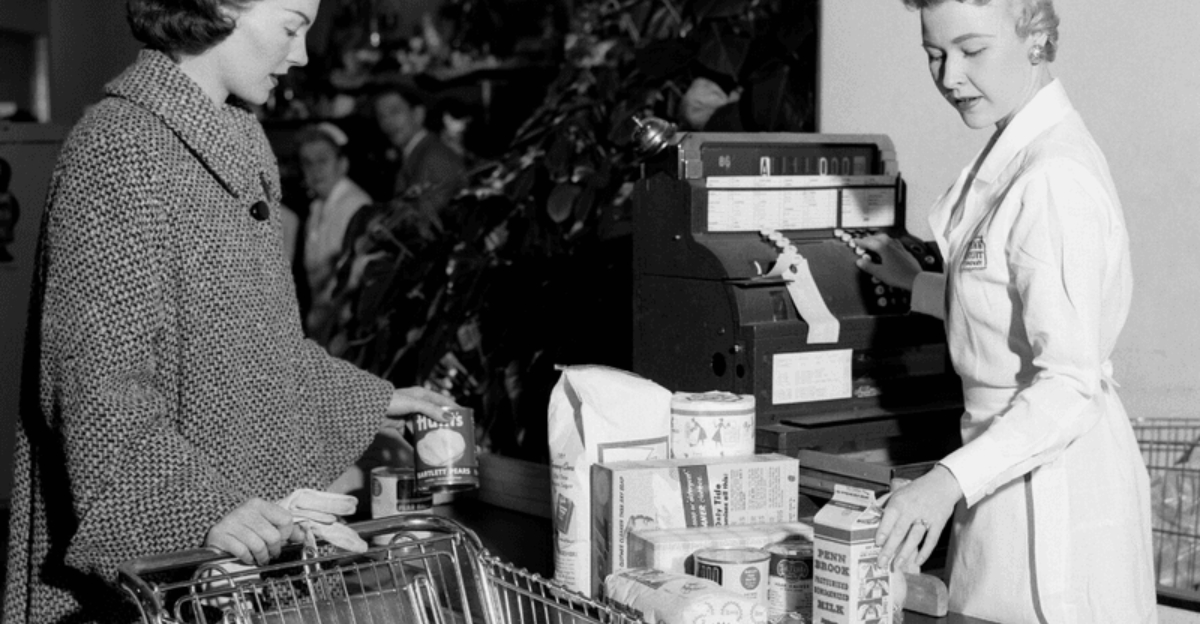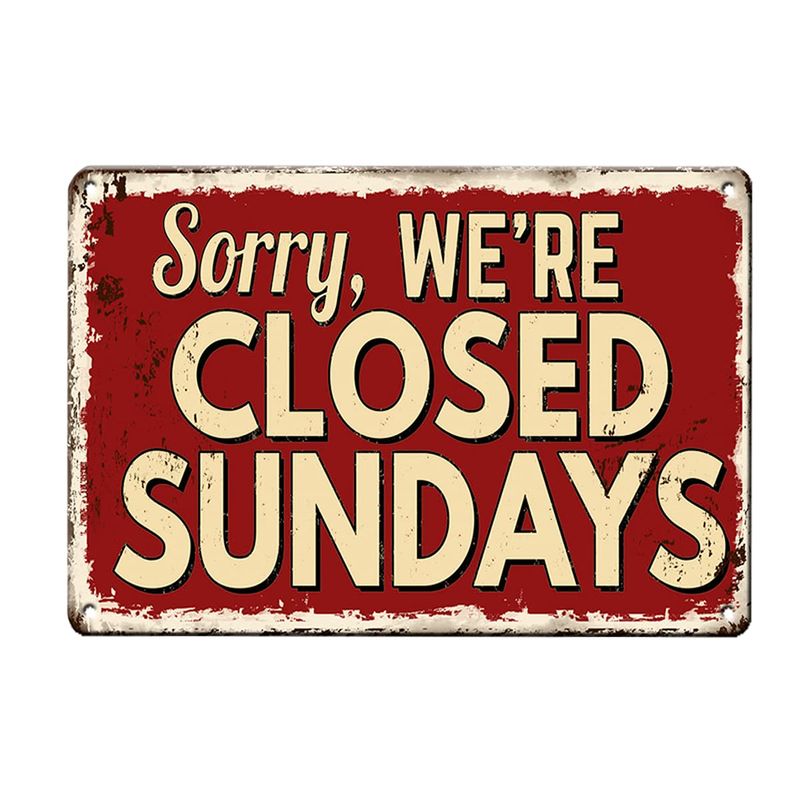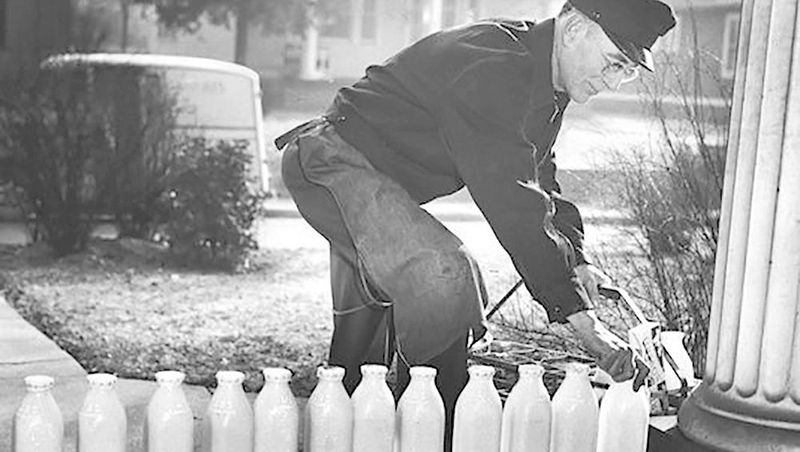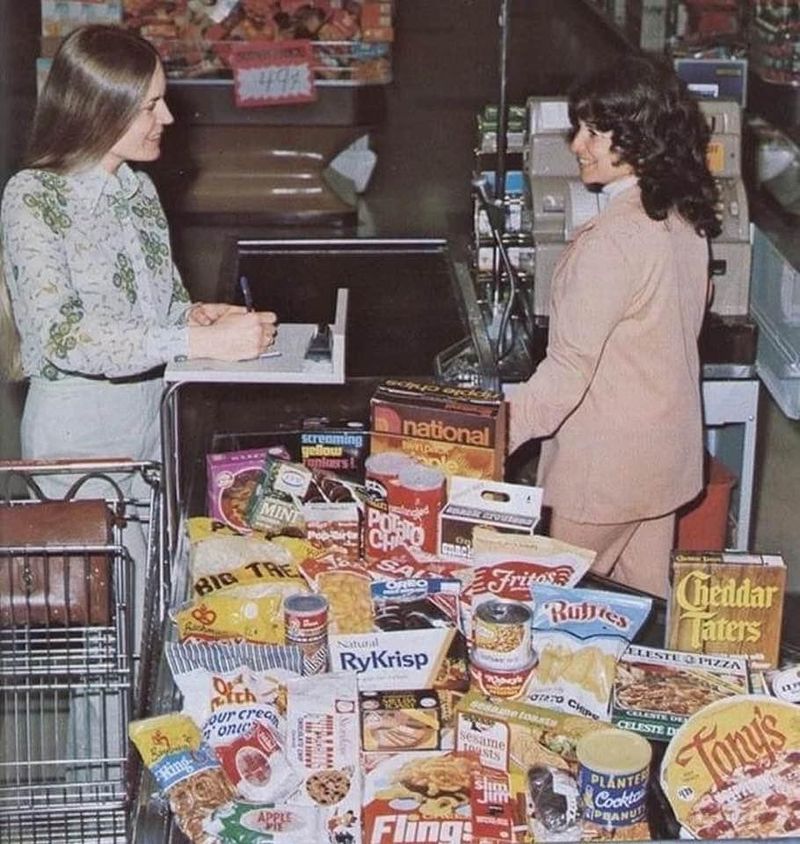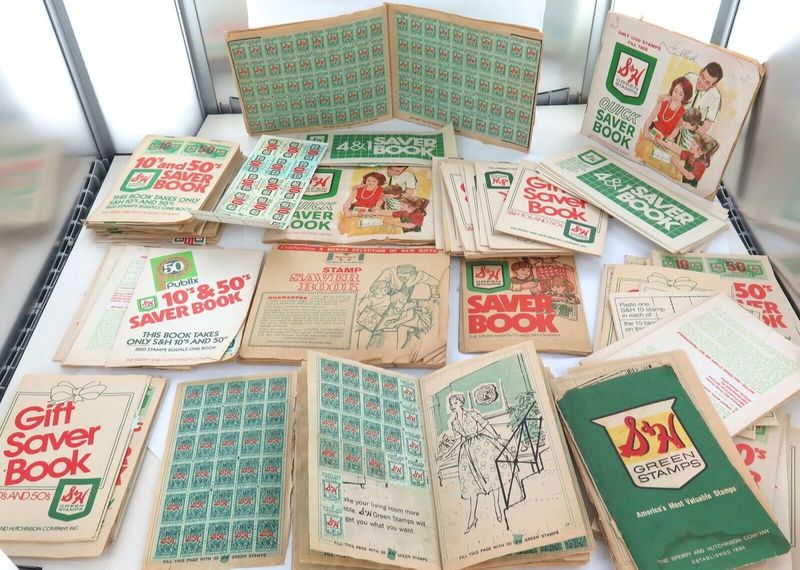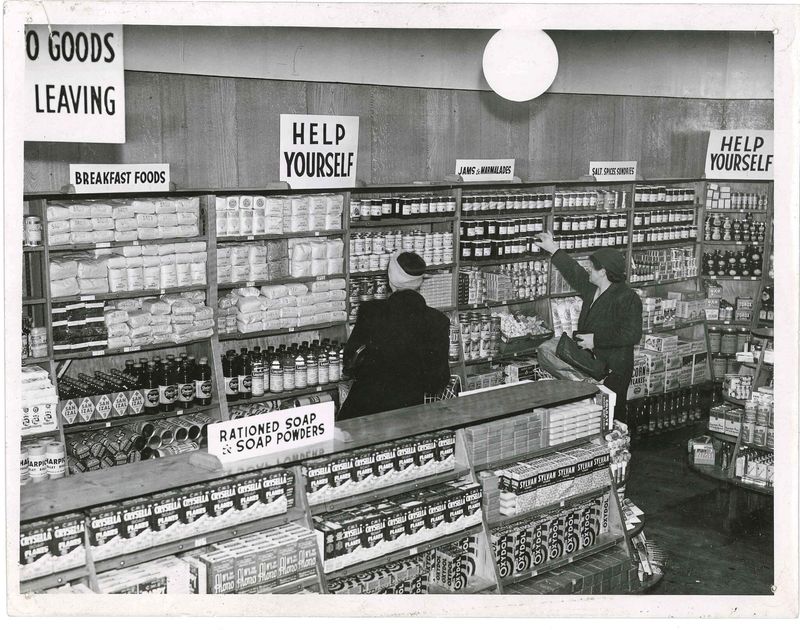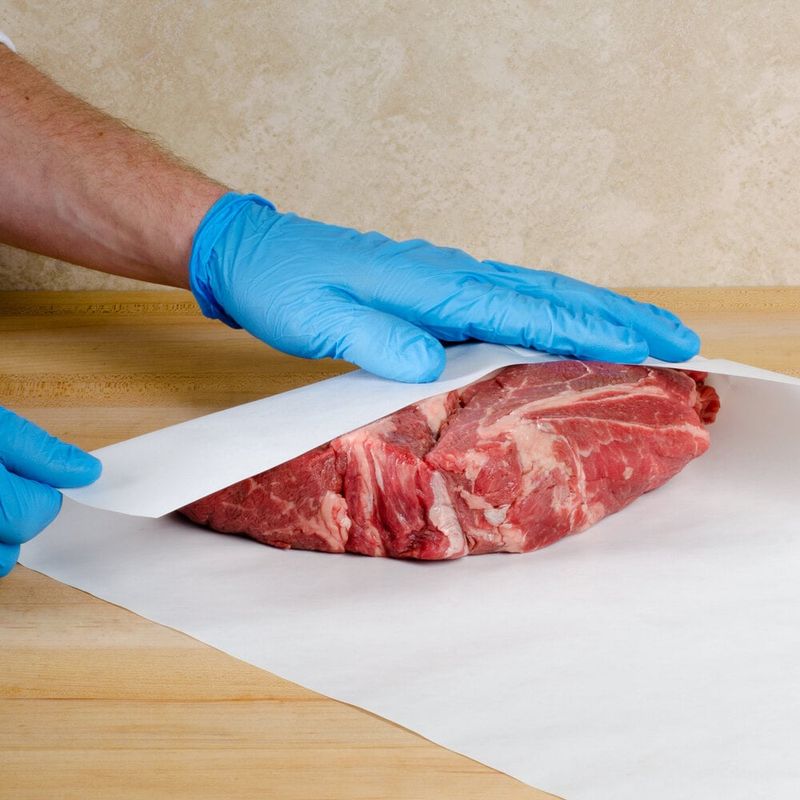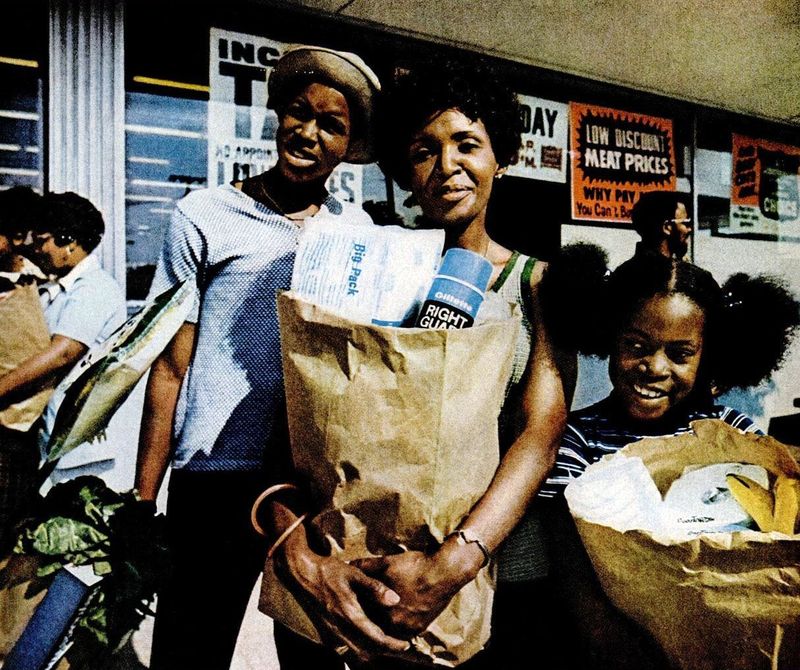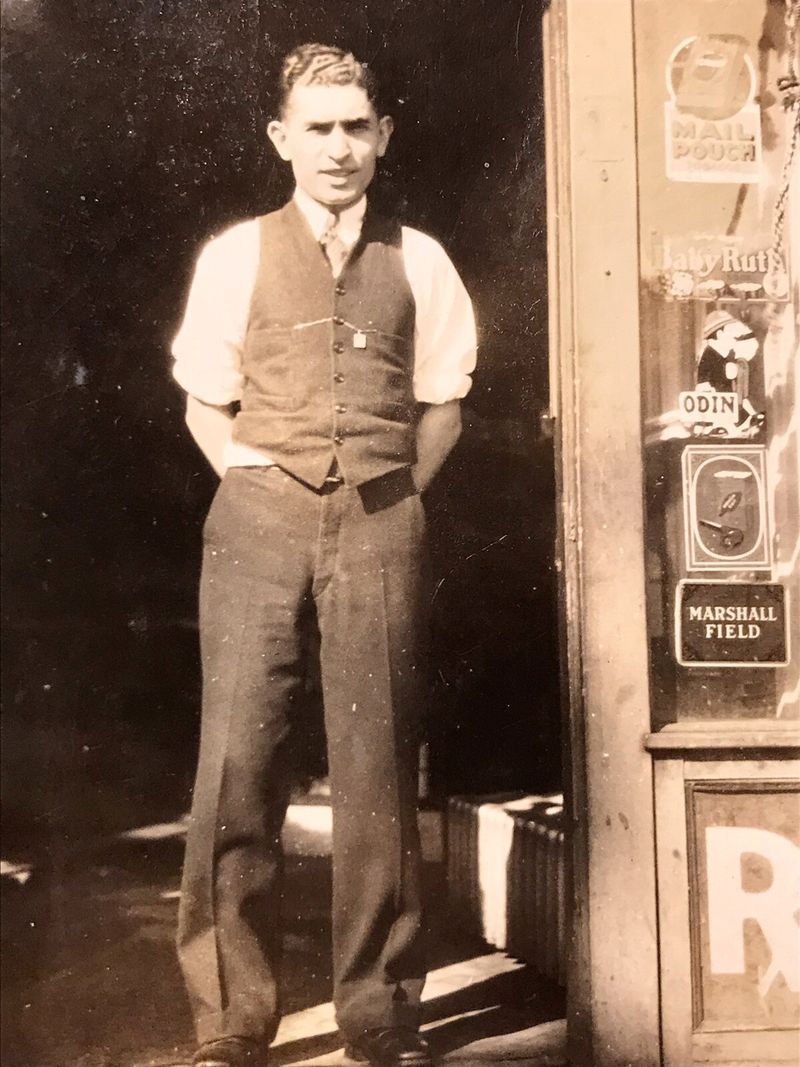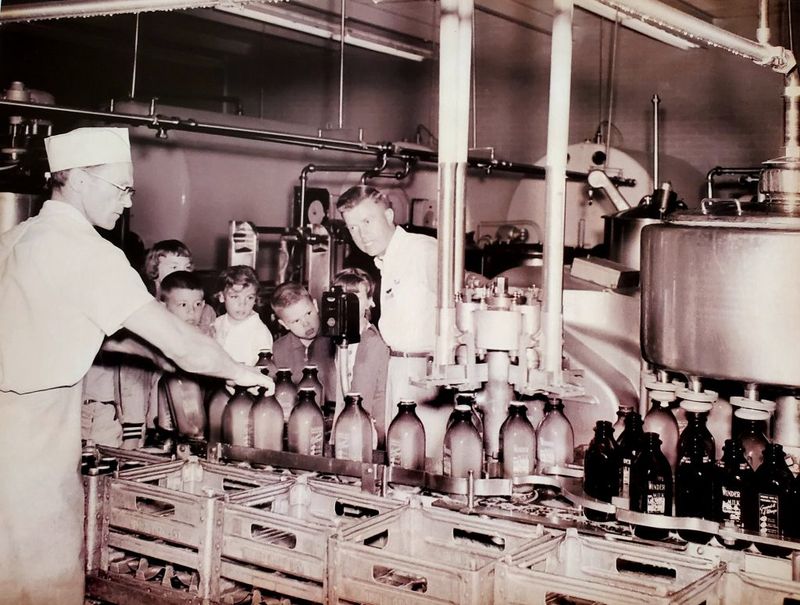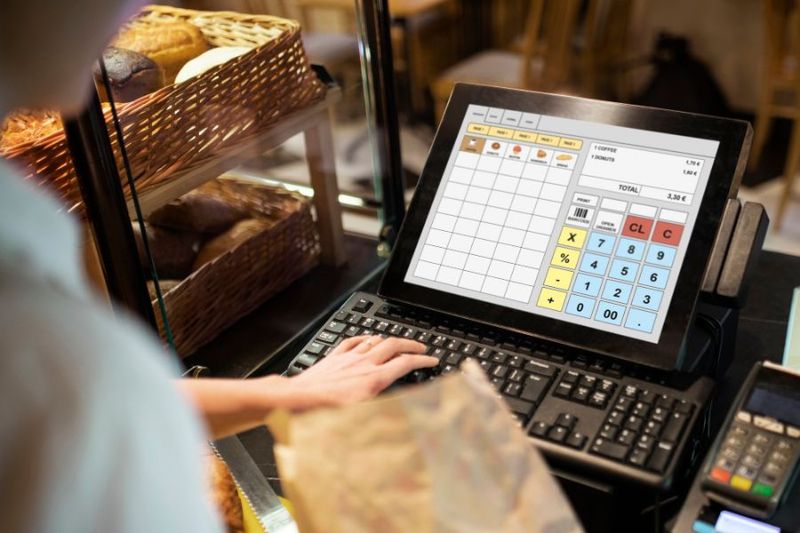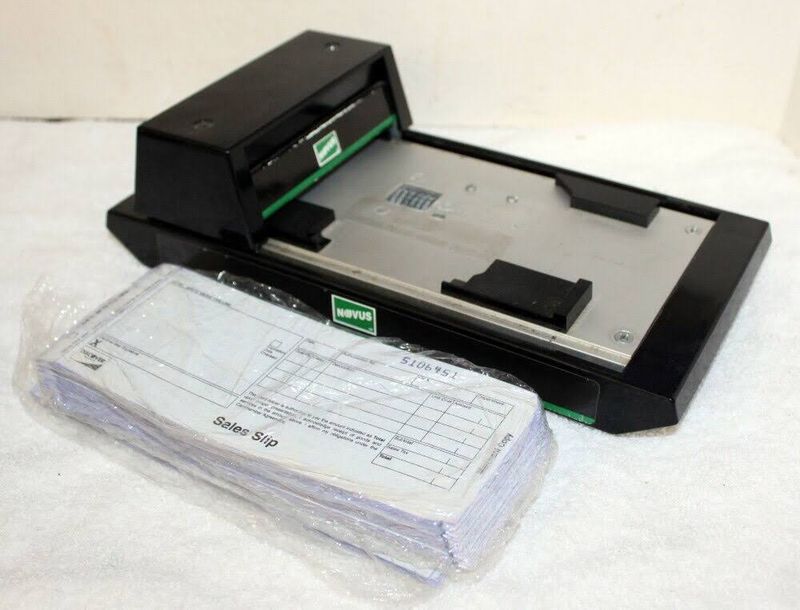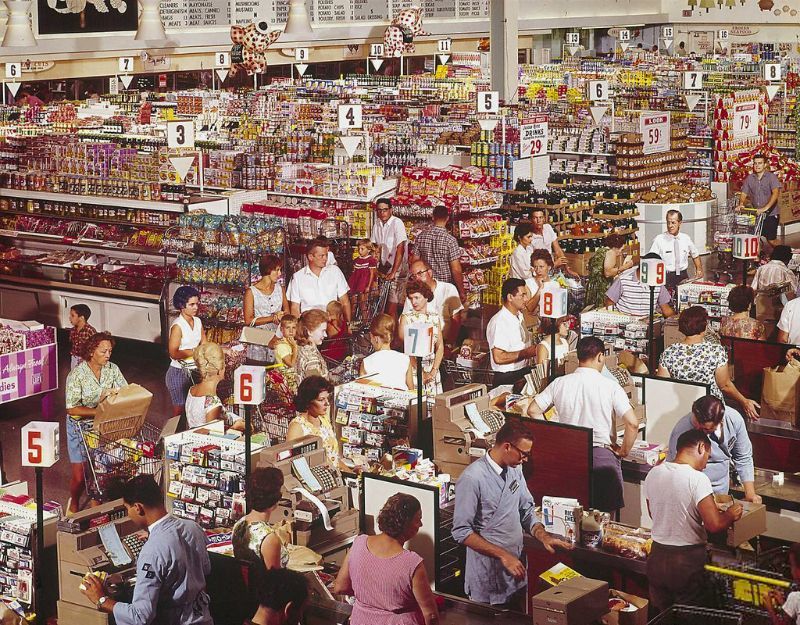A nostalgic journey back to the times when grocery shopping wasn’t about convenience, but about ritual and routine. These 15 rules are remnants of an era when shopping was personal, manual, and somewhat of an art.
1. No Shopping on Sundays
Sundays were sacred, a day reserved for rest, reflection, and family. Many stores shuttered their doors, respecting local blue laws. Shoppers planned meticulously, knowing that forgetting an item meant waiting until Monday. The quiet streets and empty parking lots painted a picture of a time when commerce paused, allowing communities to breathe.
Families bonded over Sunday dinners, creating memories without the distraction of errands. Blue laws, now mostly repealed, once dictated the rhythm of life. This enforced pause became a cherished tradition, fostering personal connections over commercial pursuits. Sundays were more than a day off; they were a cultural staple.
2. The Milkman Delivered—But Only If You Left Empty Bottles
In the quiet of early morning, the sound of clinking glass heralded a delivery. The milkman, a familiar figure in neighborhoods, was more than just a delivery person. Glass bottles, filled with fresh milk, were left on doorsteps. But there was a catch—empties had to be returned, cleaned and ready for the next delivery.
This ritual connected communities, creating predictable rhythms and friendly interactions. The milkman’s arrival was a sign of reliability and trust. The art of recycling was in practice long before it became a buzzword, with every bottle returned being a step towards sustainability.
3. Cash or Check—No Plastic
Remember the tactile joy of handling paper money? Before the age of plastic, transactions were tangible. Shoppers paid with cash or checks, and cashiers meticulously verified signatures. This pre-digital world demanded patience and trust, where every transaction was personal.
Checks required careful handling, reflecting the trust between customer and store. This manual process created a deliberate pace, encouraging face-to-face interactions. The absence of credit cards meant fewer impulsive purchases, fostering a sense of financial discipline.
This method was more than a payment—it was a moment of human connection in the hustle of commerce.
4. No Scanning—Prices Were Stamped on Every Item
Before the ubiquitous beep of barcodes, prices were stamped directly on products. Cashiers possessed an impressive memory for produce codes and manually entered each price. This meticulous method turned checkout into an art form, where accuracy and efficiency were prized.
The stamped prices were a tangible reminder of value, demanding shopper attention. This process slowed the pace, allowing for conversations and connections. Each purchase was a shared experience, rooted in the human touch.
The careful entry of prices represented a time when precision was valued, and the personal touch was embedded in every transaction.
5. Green Stamps for Loyalty
Loyalty was tangible, bound in booklets filled with S&H Green Stamps. Shoppers collected these stamps, pasting them diligently for redemption later. Each stamp was a testament to loyalty, promising rewards for dedication.
This precursor to modern reward programs turned shopping into a game, with collectors eagerly filling pages. The stamps transformed purchases into potential, offering household goods as a prize for persistence.
Green Stamps were more than a loyalty program; they were a cultural phenomenon, embedding themselves into the shopping psyche. This tangible token of loyalty created a bond between customers and stores, nurturing long-term relationships.
6. No Shopping Carts? Carry a Basket or Go Without
Before shopping carts became widespread, woven baskets were the norm. Shoppers carefully selected items, mindful of what they could physically carry.
This limitation fostered thoughtful shopping, where each choice mattered. Families often enlisted children to act as “human carts,” adding a playful dynamic to the experience. The absence of carts influenced shopping habits, reinforcing the importance of only buying what was truly needed.
This era of minimalism shaped consumer behavior, promoting a sense of resourcefulness and ingenuity in every grocery trip.
7. The Butcher Wrapped Meat in Paper—Right in Front of You
Step into a time when the butcher knew your name, and each cut of meat was personalized. Customers requested cuts, watching as butchers skillfully prepared and wrapped them in white paper. This interaction was more than transactional; it was a trusted relationship.
The butcher’s counter was a hub of activity, filled with conversation and camaraderie. Freshness was assured, with each piece tailored to preference. This personal touch extended beyond the counter, creating a sense of loyalty and trust.
The art of butchery was celebrated, embodying a time when quality and personal service were paramount in the shopping experience.
8. No Plastic Bags—Only Paper (and You Packed Them Yourself)
Before plastic bags dominated, sturdy paper bags were the norm. Shoppers packed their own groceries, often assisted by baggers who appreciated a tip for carrying them to the car. This process was a shared effort, creating moments of interaction and appreciation.
Paper bags were robust, reflecting a time of durability and reliability. The act of packing required thought and care, reinforcing the connection between purchasers and their goods.
These bags were more than carriers; they were symbols of an era when customer service was personal, and each shopping trip was a collaborative effort.
9. No Price Tags on Shelves—You Asked the Clerk
Imagine a store without visible prices. Shoppers relied on clerks for price information, transforming each query into a conversation. This dynamic turned shopping into a social experience, where regulars might even haggle for a better deal.
This interaction fostered relationships, embedding trust between customers and staff. The absence of price tags encouraged engagement, making shopping a personalized journey.
This method was a reminder of a time when human connection was central to commerce, with each interaction adding a layer of familiarity and friendliness to the shopping trip.
10. No Self-Service—Clerks Fetched Your Groceries
Step back to a time before self-service, when clerks fetched items from behind the counter. Customers handed over lists, trusting clerks to gather their needs. This service was an art, demanding knowledge and efficiency.
Shopping was a collaborative effort, where customer service was the highlight. The interaction between clerks and customers fostered relationships, turning each visit into a personalized experience.
This model emphasized expertise and trust, with clerks often knowing customer preferences and needs. It was a time when the personal touch was essential, making each shopping trip unique and memorable.
11. No Expiration Dates—You Smelled the Milk
Before the reassurance of expiration dates, freshness was determined by senses. Shoppers relied on sight and smell to assess milk, applying instinct to ensure quality. This practice added a layer of engagement, making shopping an intuitive experience.
Trust in senses fostered a connection with products, empowering shoppers to make informed choices. This method celebrated a time when buyers were in tune with their purchases, relying on personal judgment.
The absence of dates demanded a hands-on approach, turning shopping into a sensory journey. It highlighted a period when consumers were active participants, not passive receivers.
12. No Unit Pricing—You Did the Math in Your Head
In an era without unit pricing, shoppers became mathematicians, calculating the best deals mentally. Each purchase was a lesson in value, demanding attention and arithmetic skill. This practice cultivated savvy consumers, adept at discerning worth.
The absence of unit pricing encouraged a deeper understanding of product value, turning shopping into an exercise in financial literacy.
It was a time when consumers were actively engaged in their purchases, employing mental math to stretch their budgets. This skill fostered a sense of empowerment and competence, enriching the shopping experience with a touch of intellectual challenge.
13. No Barcode Scanners—Manual Price Entry
Before the convenience of barcode scanners, cashiers manually entered each price. This meticulous process demanded accuracy and attention, turning checkout into a dynamic interaction. Mistakes were common, adding unpredictability to the experience.
This method highlighted a time when skill and precision were valued, with each transaction requiring focus and care. The absence of automation fostered a sense of human connection, as cashiers and customers navigated the checkout process together.
Manual entry transformed checkout into a collaborative event, where patience and understanding were as important as speed.
14. No Credit Card Receipts—Just a Carbon Copy Slip
Remember the clunk of the manual imprint machine? Credit card transactions were captured on carbon copy slips, a tangible record of purchase. The machine’s sound was synonymous with security, ensuring each transaction was verified.
This method was more than a receipt; it was a moment of trust between customer and store. The carbon slip was a physical testament to the transaction, marked by the unmistakable imprint.
This tactile experience highlighted a time when each purchase was deliberate, and receipts were tangible reminders of commerce’s personal touch.
15. Limited Store Hours
There was a time when grocery stores followed very restricted opening hours, unlike the 24/7 convenience we’re accustomed to today. Many stores closed by 6 PM, leaving late-night shoppers out of luck. Imagine the rush to finish work and get your shopping done before the doors shut.
Sundays were often a day of rest, with many stores completely closed. This was a time when planning your shopping trips was crucial to ensure the pantry was stocked.
For Boomers, these limited hours were a lesson in time management and forward planning, something that younger generations may never fully experience.
